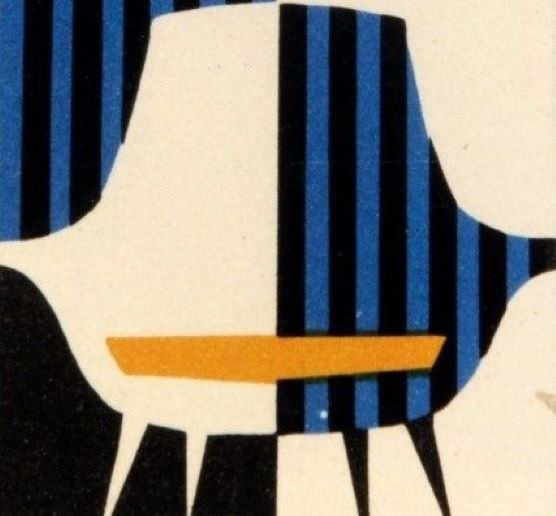Jindřich Halabala was born in Koryčany into a family of carpenters, and in the years 1918-1920 he learned the carpentry craft from his father in the family business.
After the wood-processing school in Valašské Meziříčí, he went to Prague to study furniture and interior design at the School of Applied Arts. After school, he began an internship at Spojené uměleckoprůmyslové závody (UP závody) in Brno, where he met its founder, Jan Vaňek. In the same year 1922, he began studying architecture at the School of Applied Arts in Prague, specializing in furniture and interior design with prof. Pavel Janák.
In the years 1925 – 1955, he was the designer at UP závody. In 1928, he became the manager of the UP závody store in Lucerna Palace in Prague, and two years later he moved to Brno as the head of the design studio at the company’s headquarters. He held various positions here until 1946, and his role in the development of UP závody was extraordinary. Jindřich Halabala became the closest partner of the general director Vladimír Mareček, was responsible for production, was the author of many furniture designs and dealt with promotion as well. In 1931, he created a set of armchairs for UP, with sides made of bent wood, into which five different seats and backrests were mounted.
Until 1946, he was the director for development. UP závody was an independent entity – independent of suppliers – as they produced everything themselves, from wood processing to textile stuff. This enabled the development of furniture sets that could be used to furnish both rooms and entire apartments or interiors. These products could be assembled in different ways and create a living space according to particular ideas and demands. At the time of purchase, an architect was available to offer solutions and options for assembling these furniture elements.
Halabala’s designs were used as a basis for the creation of a lot of different types of furniture and accessories not limited to bent armchairs which were among the top European design objects.
Halabala’s work is considered to be a link between innovative Czech Cubism from 1910, Art Deco from the early 1920s and European modern art after the Second World War. His commercially successful designs were heavily based on Bauhaus design.
Later he proceeded with academic activities based on his experience and knowledge in interior design being a university professor and publishing professional books and articles on design.
The designer Jindřich Halabala is one of the most important representatives of Czech functionalism, whose work in the field of furniture has gained worldwide fame. Halabala’s furniture is unique for many reasons, which affect both its design and innovative construction principles.
One of the key factors that distinguish Halabala’s furniture is the integration of industrial production with the aesthetic principles of functionalism. Not only were his designs visually appealing, but they were also designed to be efficiently mass-produced, giving a wide audience access to modern, quality furniture.
His work is a proof of innovative and progressive thinking, which had a wider impact on the Czechoslovak and European design scene. His unique approach to combining aesthetics, functionality and industrial production secured him a place among the most important designers of the 20th century.
